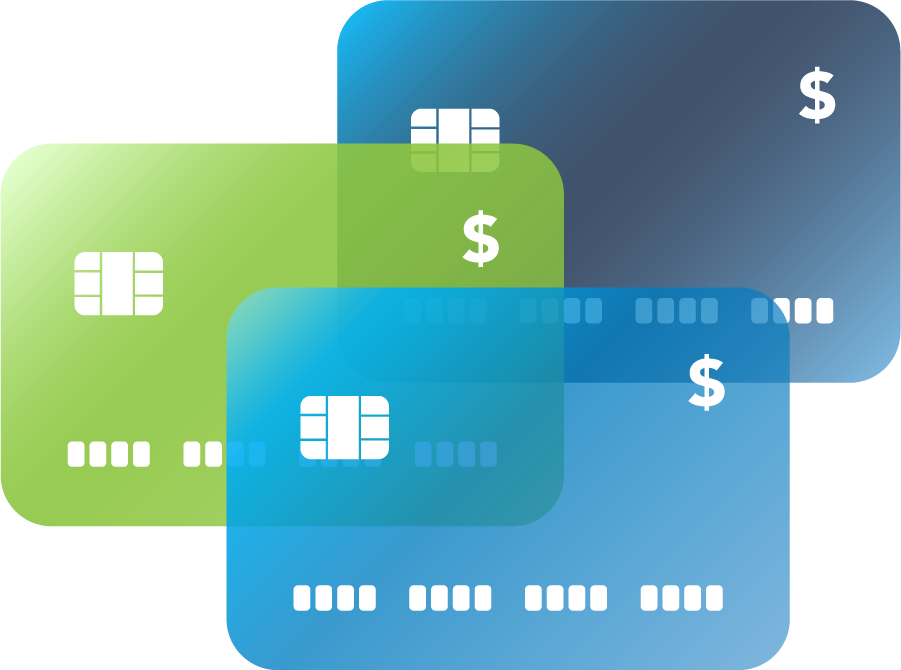Society is in a technological golden age where everything around us is getting smarter and faster. We carry powerful computers in our pockets, we have access to a global network of information and people via the internet, and we can get in a car and tell it to take us to our destination without ever having to touch the steering wheel or the pedals. So it’s no wonder the financial services industry is also disrupted by innovation.
Understanding the
Basics of Fintech
Financial technology, commonly termed fintech, is the convergence of traditional finance, like banking, with forward-thinking technology. This intersection has given rise to various fintech products and solutions designed to improve and automate the delivery and use of financial services.
Open Banking is an umbrella term used to describe the practice of providing third-party financial service providers with access to traditional banking services aimed to improve and automate the delivery and use of financial services. Financial technology companies consist of startups and established financial institutions looking to enhance their offering by leveraging Open Banking solutions.
Evolve Bank & Trust is an Open Banking solutions provider that allows access to financial services such as payments and transactions, accounts, and card offerings, to name a few.
While Open Banking solutions cover a wide range of applications, from retail banking to insurance, the term is most often used to describe companies, much like us here at Evolve, that provide digital solutions for traditional financial services, such as payments, personal finance, accounts.

There are three major recent manifestations of fintech in the financial services sector:
- There’s the technology underpinning the financial services industry, such as cloud-based ledgering and APIs.
- There’s the drive for borderless and faster payments.
- Increase of companies and startups operating in the space, such as peer-to-peer lending platforms, Robo-advisors, and digital banks.
Behind the push to innovate financial technology is a desire to improve the customer experience by making financial services more accessible, efficient, and user-friendly; it’s also contributing to significant changes in traditional financial institutions’ operations. Fintech is not only changing the way end users bank but also how banks do business, ultimately offering solutions for banks to modernize and evolve. Let’s delve into what precisely fintech banking is and how it’s different from digital banking.

What Is Fintech Banking?
A Fintech Bank is a fintech company that utilizes banking solutions from an Open Banking provider and most often runs on an app on your phone. Although, a Fintech Bank is not a bank.
Fintech Banks can include anything from mobile apps that allow you to check your account balance and transfer money on the go to more sophisticated applications that use artificial intelligence and machine learning to provide financial advice. At Evolve, we specialize in transactions, accounts, debit, credit, and prepaid card issuing solutions. This means we provide the software and tools that power the financial operations offerings startups and established companies offer to their unique customer bases.
Banking with fintechs is not just about providing a better user experience, but it is undoubtedly a crucial part. It’s is also about rethinking the very foundation of banking, from how we store money and make payments to how we borrow and invest.
The goal of fintech banking is to make the financial system more efficient by using technology to automate processes, reduce costs, and speed up transactions. In other words, fintechs are using technology to make banking better.
However, it’s important to note that fintech goes beyond creating new financial products and services but also encompasses using technology to improve existing financial products and services. For example, the introduction of mobile point-of-sale devices has made it easier for small businesses to accept credit and debit card payments.
What Are the Benefits of Fintech Banking for End Users?
There are many benefits of fintech banking for both consumers and businesses. For consumers, fintech banking can make it easier to manage their finances and save money. For businesses, fintech banking can help them to save time and money on financial tasks, such as bookkeeping, invoicing, and tax compliance.
Some of the specific benefits of fintech banking include:

Improved access to banking services
Fintech banking can make it easier for people to open bank accounts, get loans, and access other financial services. This is especially beneficial for people who live in rural areas or don’t have access to traditional banking relationships.
Greater financial inclusion
Fintech banking can help to increase financial inclusion by providing access to financial services for people who are underserved by the traditional banking system.
Faster and cheaper transactions
Fintech banking can speed up transactions and reduce the costs associated with making payments.
Enhanced security
Fintech banking can provide enhanced protection through the use of biometrics, encryption, and other security technologies.
Better financial management
Fintech banking can help people better manage their finances by using budgeting tools, financial planning tools, and other money management tools.
The Difference Between Digital Banking and Fintech
More and more traditional banks are embracing the digital revolution. The era of walking into a brick-and-mortar bank and waiting in line to speak to a teller is rapidly decreasing. In its place is digital banking, which allows people to bank online or through a mobile app.
While digital banking is undoubtedly convenient, it’s important to note that it’s not the same as fintech banking. Digital banking uses technology like websites and mobile apps to provide online banking services from banks, while fintech banking is the enablement of financial services and transaction methods for a variety of financial and non-financial businesses.
For example, a traditional bank may offer digital services that allow customers to check their balances, transfer money, and pay bills online. But a fintech bank would enable accounts and transaction methods for another business. In fact, banks, like Evolve, can provide both digital banking for customers and have BaaS solutions.
Similarly, a traditional bank may use mobile apps and other technologies to make it easier for customers to bank on the go. But a fintech bank would provide these same technologies to other businesses to create innovative and tailored features, such as the ability to split a bill with a friend or to transfer money to a person in another country instantly.

Key Parts of the Fintech Ecosystem
The fintech ecosystem is comprised of several key elements. First, there is the fintech itself. This company is working directly with a consumer to provide a financial service and unique user experience (UX). Fintechs are often born out of a founder’s interest in solving user experience issues that lead to consumers being under banked. Financial technology companies are skilled at building out apps and website with the end user in mind.
The next key element of the fintech ecosystem is the partner bank. Fintechs connect to traditional banks that provide the processing behind these apps and websites. Partner banks are offer specialized products that are then branded by each fintech and offered to end users. While it might seem like a complicated process, this allows partner banks to lend their banking expertise and fintechs to focus on giving their users the best experience possible.
The final and most important element of the fintech ecosystem is the end user. This is another term for the final consumer, the person using the app or the credit card the fintech creates. Days, months, years go into making sure the end user experience is the best it can be. To learn more about each part of the fintech ecosystem, click here.
